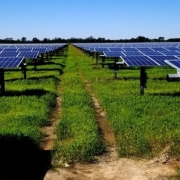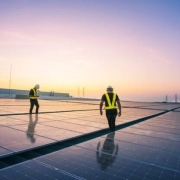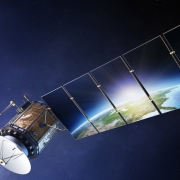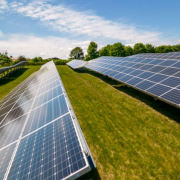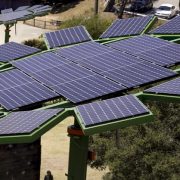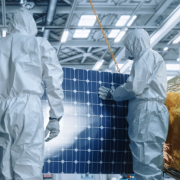The solar revolution has stalled out in some parts of the US, much to the delight of fossil energy stakeholders. However, anything can happen at any time, and it just has. The US power landscape is about to be shaken up to the tune of 4.5 gigawatts’ worth of new solar energy generation and storage projects over the next five years, and three of the most asleep-at-the-solar-wheel states in the nation stand stand to get jarred awake by the sudden influx of investments in clean power.
3 US States In Need Of A Solar Energy Makeover
The leading energy firms Entergy and NextEra Energy Resources announced the new 4.5-gigawatt collaboration last week, to cover solar energy and storage projects in Arkansas, Louisiana, Mississippi, and Texas, where Entergy is the electricity provider for a total of 3 million customers.
Click here to read the full article
Source: Clean Technica
—
If you have any questions or thoughts about the topic, feel free to contact us here or leave a comment below.

